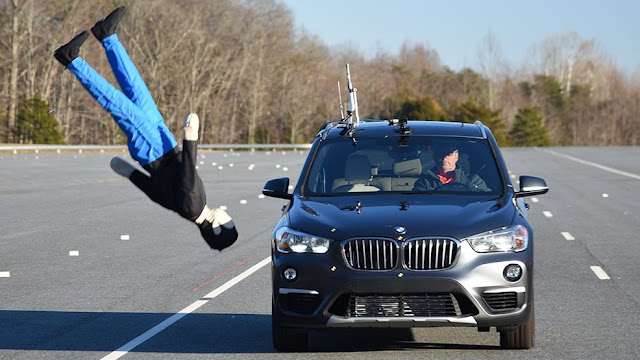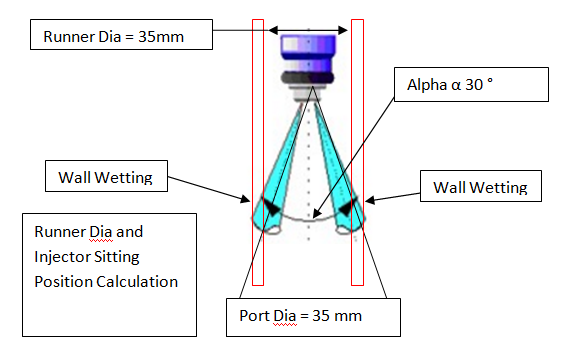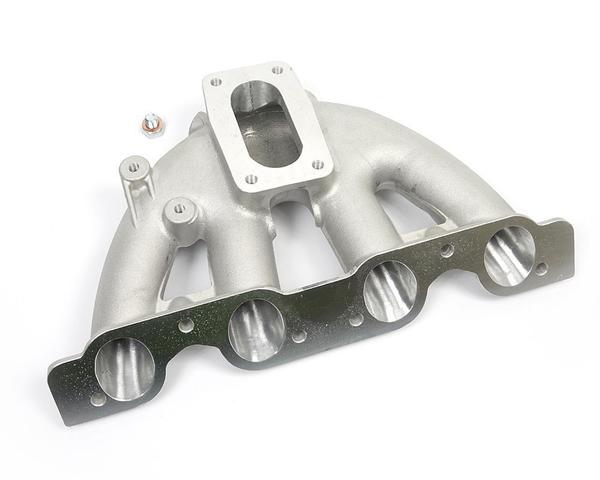Steering Design Review for racing vehicle and sports car
Please read previous blogs for following details : - Vehicle Weight, Brake Design, Engine Design and other major system components.
Please read previous two blogs for following-
Different Types of Weight of Car, front and real calipers, Brake Pad, Brake Fluid Volume, front to rear weight bias, rear traction, lower polar moment of rotation, Skid, Tyre Thread Design, Car Center of Gravity and many more technical terms
It is recommended to assemble steering rack
in line with track rod ends to give Quasi-Ackerman at smaller angles of
steering as well as Anti-Ackerman when driver approach full lock. Straight line
drag will increase but toe out will give Quasi-Ackerman advantage near corners.
Thus Quasi Ackerman will be advantageous at both condition sharp corner and
full lock. Quasi Ackerman is light
weight, cost effective, easy to layout and does not require external power. (Bolles,
2010, ch.6), (Alexadender, 2013, pp.82-90)
Basic steering design challenges,
cause/effect of specifications and requirements are explained in Table 1 and
Table 2. Unlike city roads, Race track
has sharp curves and other conditions such as uneven friction and sudden
braking. This cause vehicle to skid and topple therefore a fine steering
effectiveness, sensitivity and efficiency are prerequisite. Ackerman is based
on geometry however Race Vehicles seldom drive geometrically.
At Formula Ford Circuit tyre can generate
appropriate lateral grip only at specific fixed range of optimum slip angle.
During cornering the weight shifts to the outer wheels and if braking is applied
at same time then major weight will shift to front outer wheel. Ackerman is
based on geometry consequently if we consider fluctuation in slip angle,
lateral force, weight distribution due to variation in cornering and braking
then we must select parallel or anti Ackerman design.
Crash Simulation is done before physical
crash test. In Simulation Result the Steering Wheel layout must not damage or penetrate
the dummy of driver. For further safety Steering sensor is used to continuously
check responsiveness of mechanical steering mechanism. After the physical crash test the
steering wheel quick release mechanism is functioning normally. Physical test
specification was as per formula ford rules which define speed, size and other
environmental condition. Extremity of the cockpit opening is kept 50mm in front
of the steering wheel. Roll structures are kept of sufficient height to ensure
steering wheel are at all times at least 50mm below a line drawn between
highest points of roll structures.
Proper machining and high surface finish is
required on components because more than 50% of the force is wasted to overcome
system friction. Also as friction increase, wear will increase and more force
will be required to operate steering. Mechanical system has greater sensitivity
to rod impact and friction. Steering angle depend on steering rack travel subsequently
if short steering arms are used then higher forces will be needed to operate steering
wheel. Hence to decide steering wheel size we must consider space available for
driver ergonomics, accidental safety and comfort.
Bump steer is minimized by locating the rack pivot centers directly
in front of the lower control arm pivots. Rack length is governed by its height
in the chassis because higher the rack is mounted on vehicle, the longer it
will have to be. For quicker steering, steering arm length has been kept short
to maximize truing angle however it has increased drivers’ input effort.
Benchmarking and optimization is done to finalize steering arm length. Rack
ratio is kept 2.5 inch per turn. Rack ratio is optimized by using combination
of a short (quick) arm with a small (slow) pinion and the combination of a long
(slow) arm with a large (quick) pinion.
|
Child Part
|
Requirement
|
Material
|
Manufacturing
|
Cost
|
Weight
|
Life
|
Design Review
|
|
Rack Housing
|
High
Surface Finish,
High
Strength,
Fine
Dimension Tolerance,
Wear
Resistance,
Corrosion
Resistance,
High
Toughness
|
Steel
|
Machining
|
A
|
C
|
B
|
Al Alloy is light weight and has good life. Steel and Aluminum
are lesser costly but have high weight. Also Rusting is more for Steel. So Al
Alloy will be used for Rack Housing Components.
|
|
Aluminum ADC12
|
PDC Pressure Die Casting and Machining
|
B
|
B
|
B
|
|||
|
Al Alloy
|
C
|
A
|
A
|
||||
|
Support Tube
|
ADC12
|
PDC Pressure Die Casting and Machining
|
B
|
C
|
B
|
Al Alloy will be used for Support Tube as it has less weight.
|
|
|
Al Alloy
|
C
|
A
|
A
|
||||
|
Pinion Housing
|
Steel
|
Machining
|
A
|
C
|
B
|
Al Alloy will be used for Support Tube as it has less weight and
lesser wear.
|
|
|
ADC12
|
PDC Pressure Die Casting and Machining
|
B
|
B
|
B
|
|||
|
Al Alloy
|
C
|
A
|
A
|
||||
|
Housing Cap + Bush
|
Steel + Bronze
|
Casting/Machining
|
A
|
B
|
B
|
Bronze Bush with ADC12 housing Cap will be used due to light
Weight. (HPDC High Pressure Die Casting)
|
|
|
Bronze
|
Casting/Machining
|
C
|
B
|
A
|
|||
|
ADC12+ Bronze
|
HPDC, Machining
|
A
|
A
|
B
|
|||
|
Pinion Housing Clamp
|
Alloy Steel
|
Casting/Machining
|
C
|
B
|
A
|
Driver applied torque is transmitted though the lower pinion
gear to the rack gear, So very high Strength is required here.
|
|
|
Al Alloy
|
HPDC, Machining
|
C
|
A
|
B
|
|||
|
Pinion Helical Gears
|
Number of
Spiral Tooth Anti Backlash ID/ OD |
Alloy Steel
|
Forged, Milling, Hobbing Lapping
|
C
|
B
|
A
|
Alloy Steel Helical Gears will be used as it has less weight and
long life.
|
|
Cast Iron
|
B
|
C
|
C
|
||||
|
Rack with variable Teeth
Helical Gear
|
Rack Speed=60mm / Revolution
Travel Max = 75mm |
Carbon Fiber
|
Molding
|
C
|
A
|
B
|
Carbon Fiber is very costly. Both Pinion and Rack should have same
material for same wear rate. Alloy Steel will be used for rack.
|
|
Alloy Steel
|
Casting, Machining.
Gear=Milling, Hobbing Lapping |
A
|
C
|
A
|
|||
|
Al Alloy
|
B
|
B
|
B
|
||||
|
Pinion Shaft
|
High
Surface Finish, High Strength, Fine Dimension Tolerance, Low Wear Rate,
Corrosion
Resistance, High Toughness
|
Steel
|
Casting, M/c
|
A
|
B
|
B
|
Aluminum will be used for Pinion Shaft.
|
|
ADC 12
|
HPDC, M/c
|
B
|
A
|
B
|
|||
|
Rack Ends
|
Steel
|
Casting, M/c
|
A
|
C
|
B
|
ADC12 will be used for Rack Ends.
|
|
|
ADC12
|
HPDC, M/c
|
B
|
B
|
B
|
|||
|
Steel Alloy
|
HPDC, M/c
|
C
|
A
|
A
|
|||
|
Housing End Supports
|
ADC 12
|
HPDC, M/c
|
A
|
B
|
B
|
Al Alloy will be used for Housing End Support as it has less
weight.
|
|
|
Al Alloy
|
HPDC, M/c
|
B
|
A
|
A
|








